Contactez-nous en ligne ou en téléphonant au: France +33 1 4654-1590
Belgique-Luxembourg +32 3 8877850
Belgique-Luxembourg +32 3 8877850
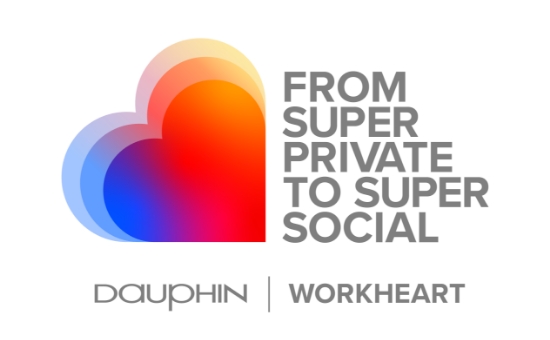
Que ce soit le télétravail, le retour au bureau ou encore le New Work, cela fait un bon bout de temps que tous ces termes nous accompagnent. Or quel concept nous portera désormais à l’avenir? Ou, autrement dit: Work next?
Nous avons, en collaboration avec l’agence d’innovations Darkhorse, élaboré un concept pour le monde du travail d’aujourd’hui, de demain et d’après-demain qui prenne en compte les attentes et les besoins à la fois des entreprises et de leurs employés, et leur prodigue des approches sur mesure d’une culture du travail accomplie.
Avec comme dénominateur commun le bureau. Oui. C’est bien ça. Vous avez bien lu. Nous sommes certes tout à fait convaincus que l’avènement du travail hybride est fait pour durer. Mais c’est justement pour ça que nous avons aussi la certitude que le bureau du futur est plus que jamais de mise au cœur, littéralement, de l’entreprise.
Il s’agit alors d’équilibrer dans le Dauphin Workheart les parts qui reviennent à la productivité et l’efficience (= Work) mais aussi à la sensibilité, l’authenticité et la passion (= Heart).
Ce qu’il faut savoir au sujet du New Work et du Dauphin Workheart.
Prêts à reprendre le travail?
Les collaborateurs apprécient de se rendre au bureau pour pouvoir se concentrer en aparté tout comme pour travailler en équipe, échanger de façon spontanée, et pour expérimenter et vivre la culture de l’entreprise.
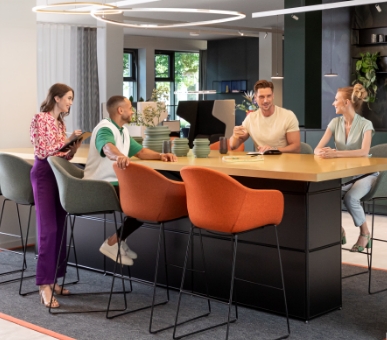
Si l’employeur cherche à être attrayant aux yeux des nouveaux employés lors du recrutement, il veut aussi pouvoir les fidéliser sur le long terme. L’attention portée à l’augmentation des potentiels d’innovation et de créativité est alors clairement un avantage compétitif.
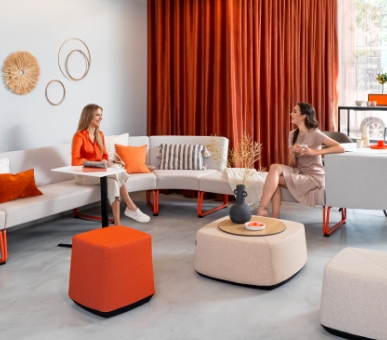
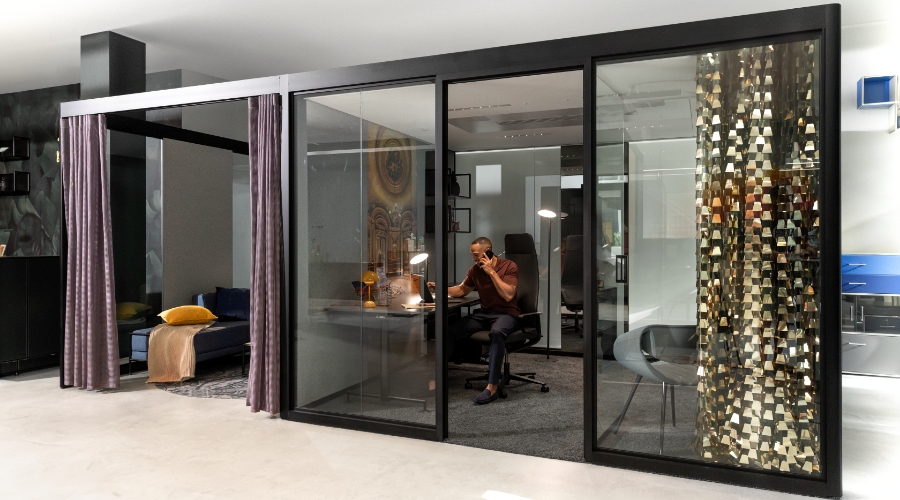
Travailler avec concentration dans le Bosse cube 4.0 réservable, mais aussi s’y détendre. L’isolation acoustique et visuelle est garantie.
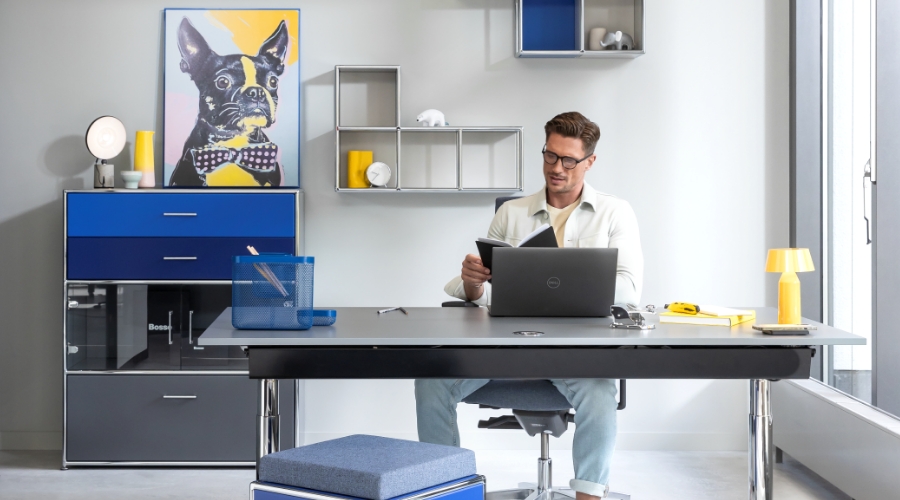
Un poste de travail personnel, bien attribué et destiné au travail dans le calme et la concentration. En ligne droite vers la team-base pour un échange créatif.
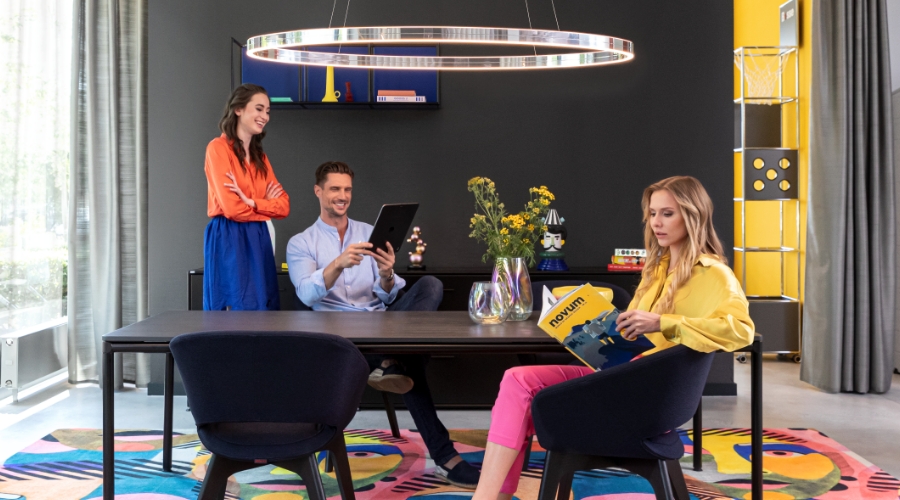
Un lieu de découverte cosy, agrémenté d’une atmosphère privative pour les réunions, mais aussi pour manger, boire et se reposer. Vivre la culture de l’entreprise.
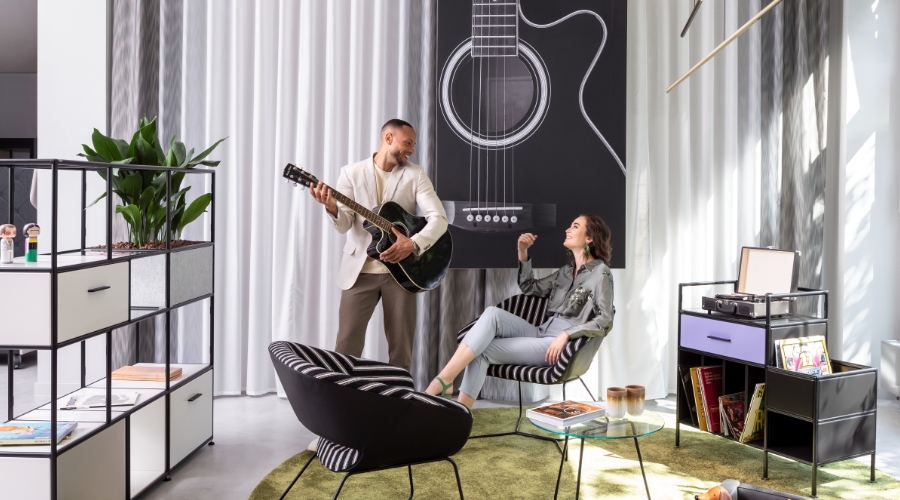
Un lieu de retraite cosy pour la pause (ré)créative ou une jam-session improvisée.
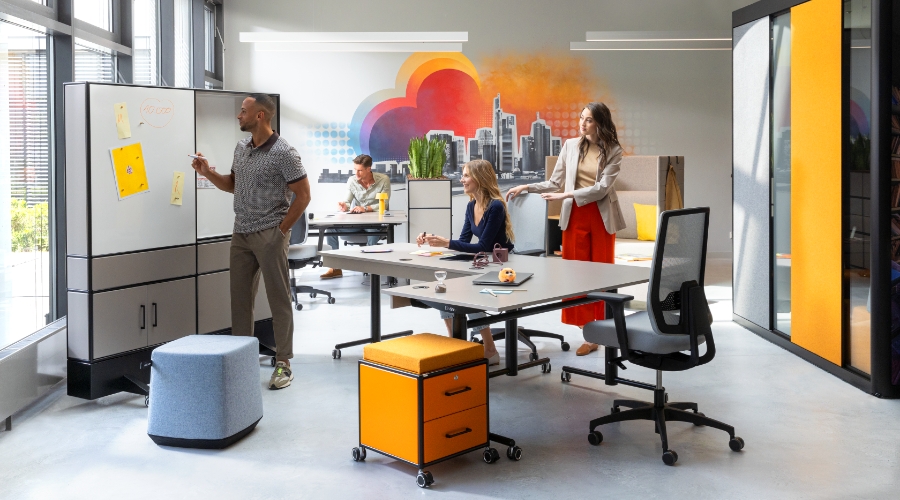
La team-base est le port d’attache de l’équipe. Flexible et adaptable, en fonction de la taille de l’équipe.
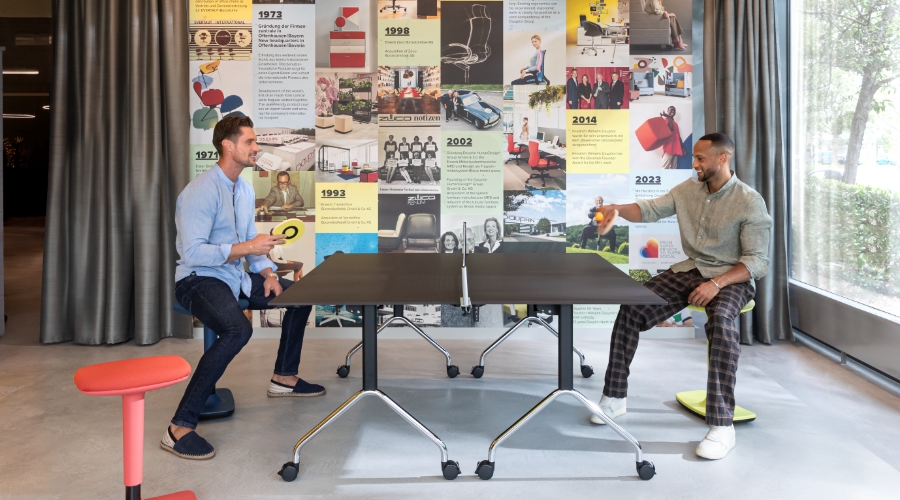
Lieu de découverte ludique pour trouver des idées de design et improviser un atelier. Flexibilité maximale et réservable par toutes les équipes.
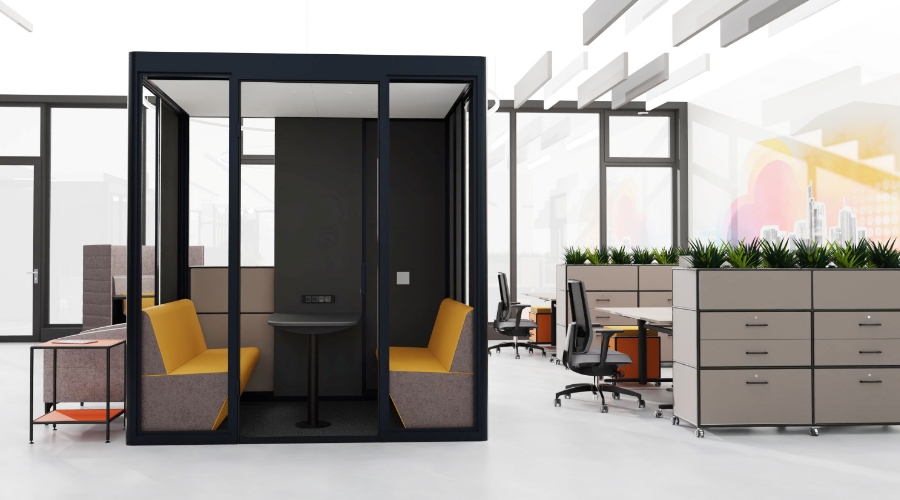
Le Bosse dialogue cube peut être réservé pour des visioconférences, des entretiens confidentiels ou de brèves réunions. Les collègues au sein de la team-base ne sont pas dérangés.
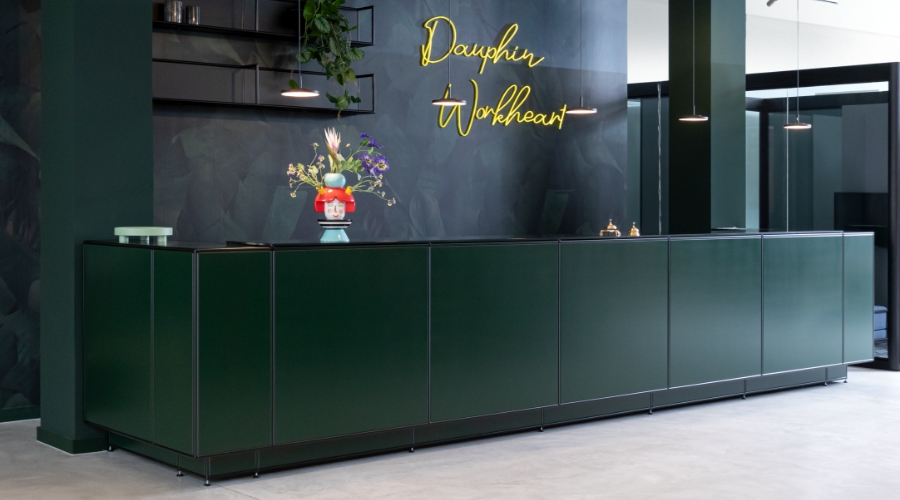
L’endroit approprié à accueillir cordialement pour prendre un café au comptoir. Atmosphère de bar au service sympathique.
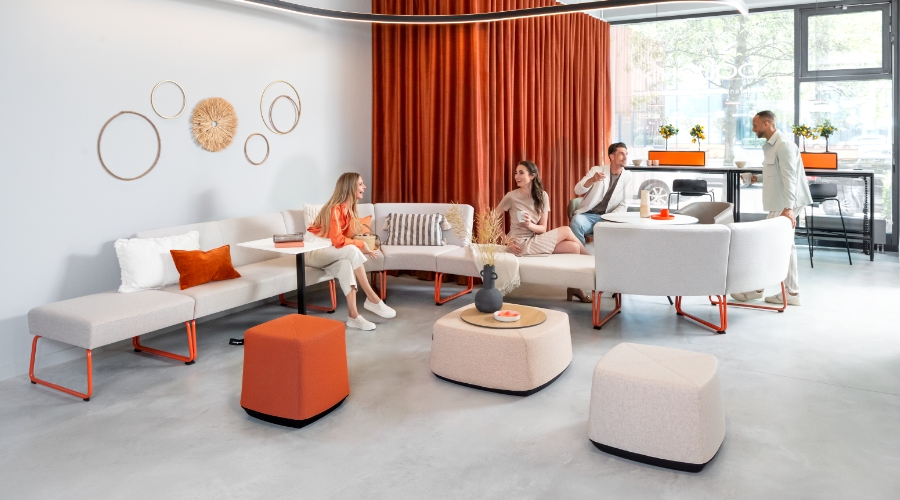
Un lieu de rencontre animé et apprécié, propice à l’échange spontané, aux réunions brèves ou simplement à la détente autour d’un café. Tout le monde est cordialement bienvenu ici!
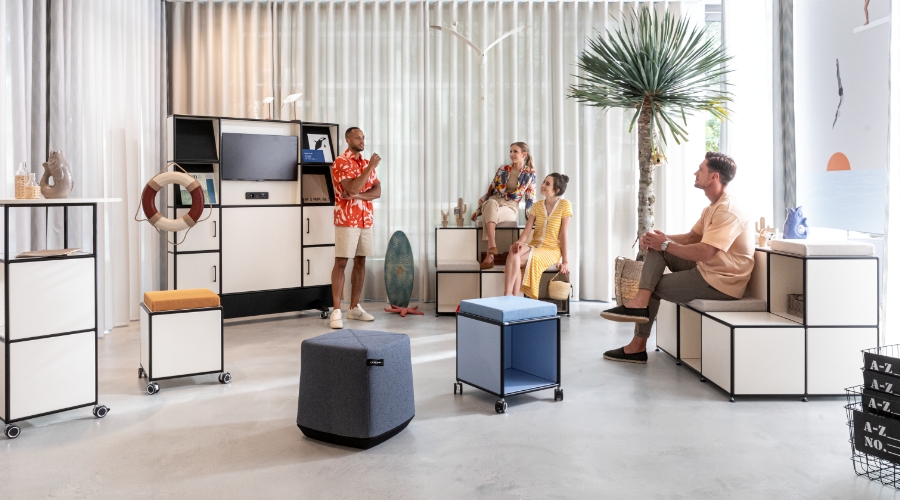
Une zone axée sur la découverte pour l’écoute et l’apprentissage. Avec un ameublement flexible et agile pour les séminaire, les ateliers ou les présentations.
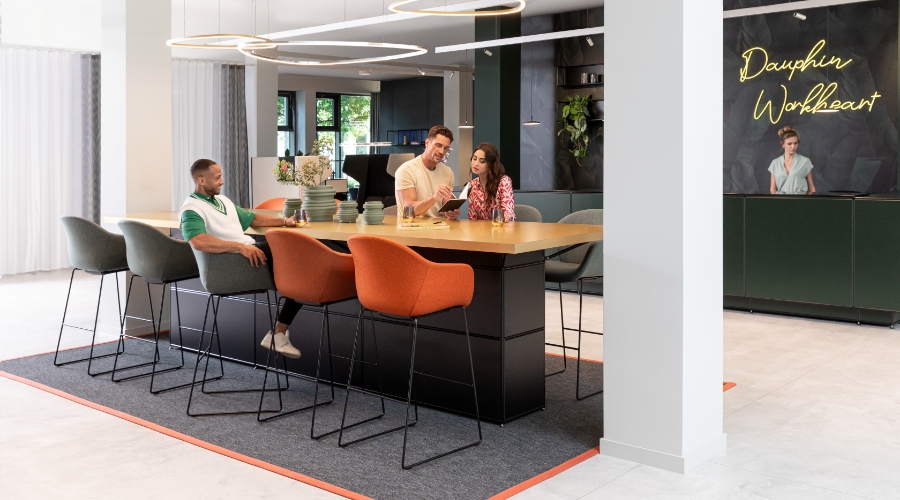
Le heartbar est le cœur de l’entreprise. Le lieu où tout le monde se retrouve sur un pied d’égalité et où on fait l’expérience de la communauté.
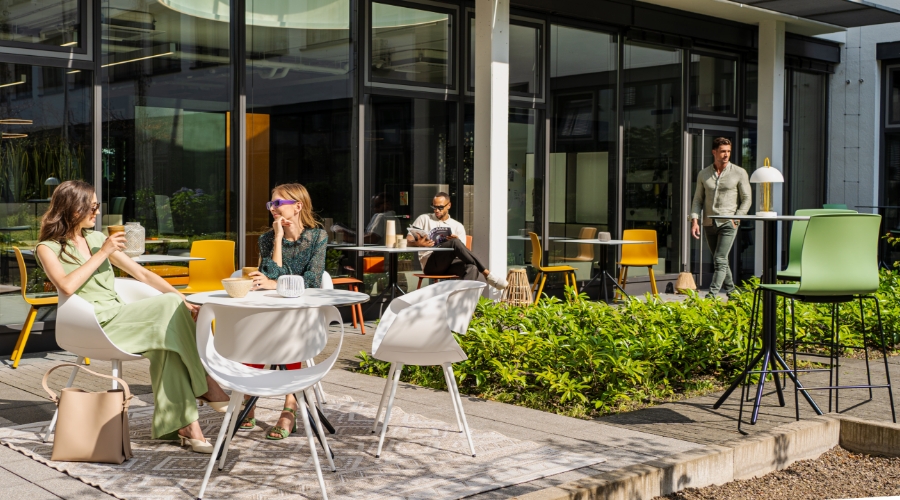
Un lieu de rencontre animé et apprécié, propice à l’échange spontané, aux réunions brèves ou simplement à la détente autour d’un café.
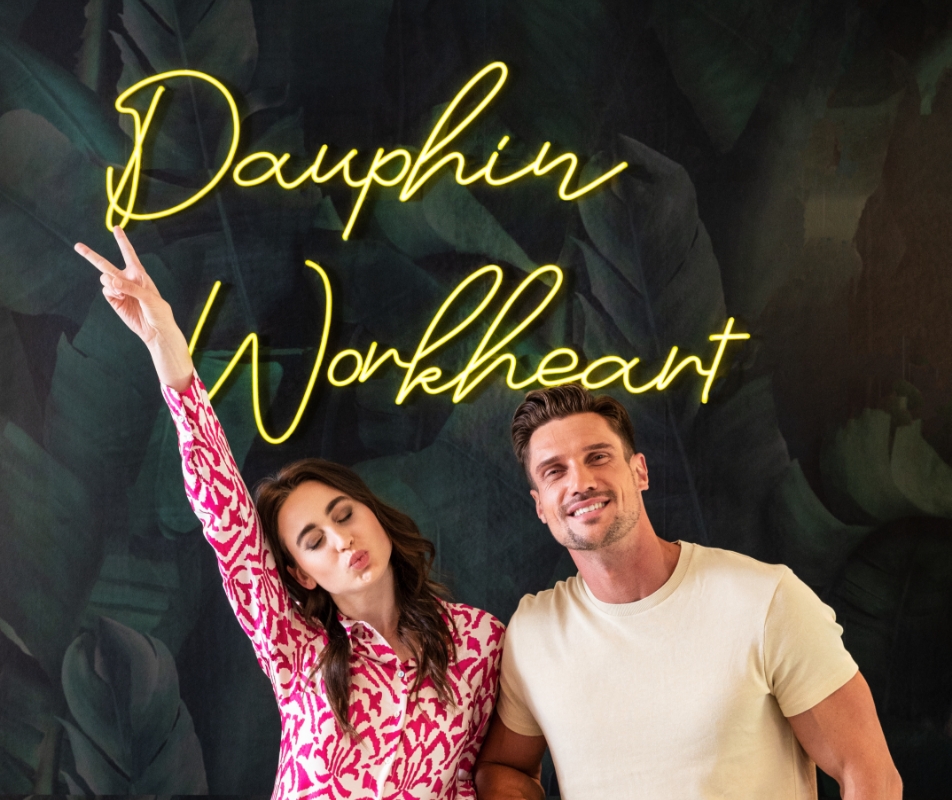
Laissez vous inspirer sur plus de 450 m² avec d’extraordinaires scénarios d’espace et de détails stylés. Le concept intégral est complété par les produits de partenaires de coopération exclusifs.
| Dauphin Workheart Space Frankfurt Strahlenbergerstraße 110 63067 Offenbach | Prise de rendez-vous sur dhdc.frankfurt@dauphin.de ou +49 69 98558288-650 |
Delve into the world of new work and read our FAQs to learn about the latest trends and gain a deeper understanding of the constantly changing world of work.
Our list of FAQs is regularly updated and expanded. If you have a specific question that is not answered here, feel free to contact us.